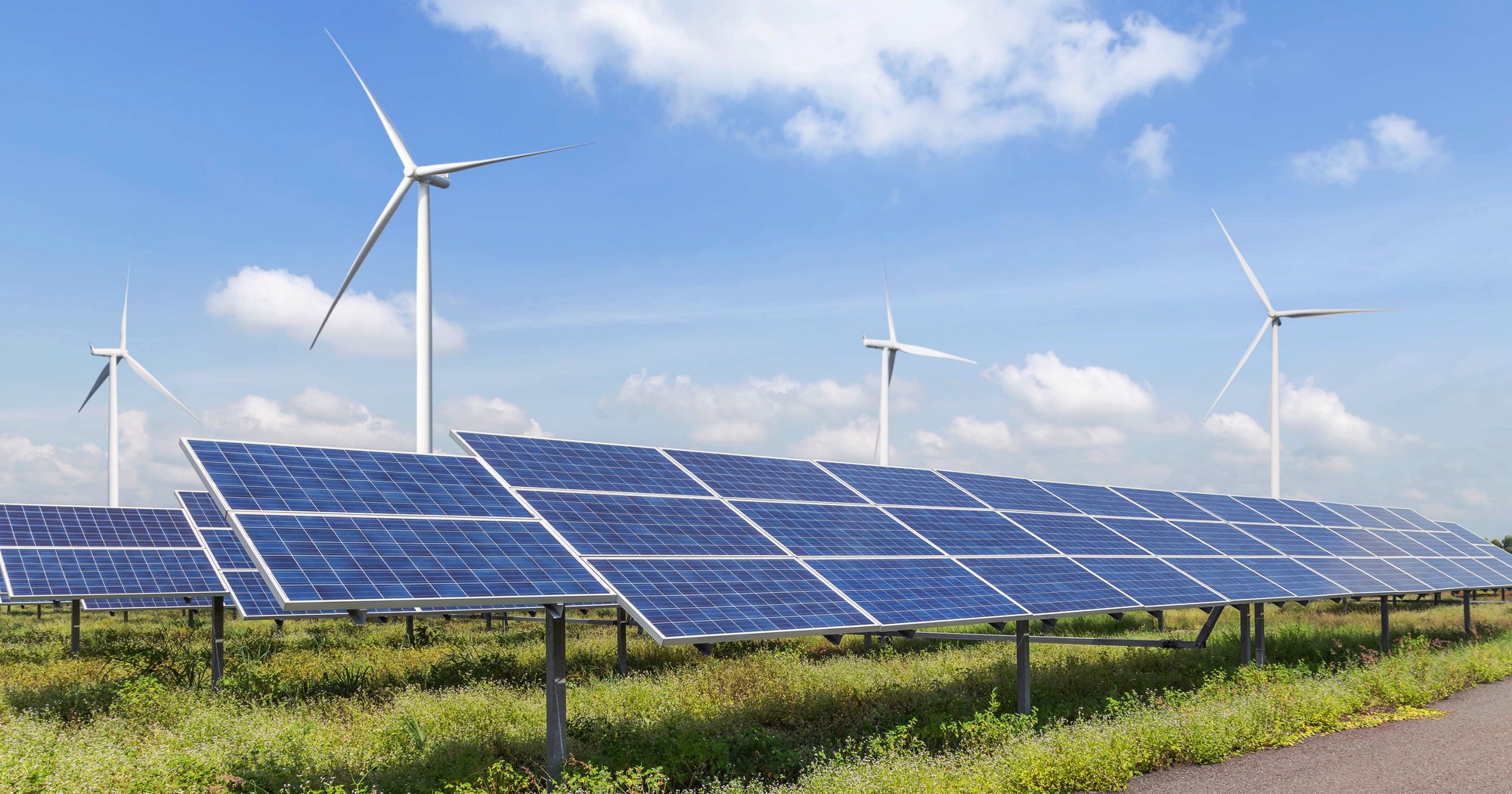The Ongoing Battle: Car Dealers Vs. Electric Vehicle Mandates

Table of Contents
Dealership Profitability Concerns and EV Transition
The shift to EVs presents significant challenges to the established business model of car dealerships. Traditionally, dealerships rely heavily on servicing internal combustion engine (ICE) vehicles for a substantial portion of their revenue. This is changing rapidly, creating considerable uncertainty.
Reduced Margins on EV Sales
Dealerships traditionally profit handsomely from servicing ICE vehicles. These vehicles require frequent maintenance, including oil changes, brake repairs, and engine tune-ups, generating significant revenue streams. EVs, with their fewer moving parts and simpler mechanics, require far less maintenance. This directly impacts dealership profitability.
- Lower parts sales: EVs have fewer parts to replace, drastically reducing the revenue generated from parts sales.
- Reduced labor hours for servicing: Routine maintenance on EVs is quicker and simpler, leading to a decrease in labor hours and associated revenue.
- Impact on overall dealership profitability: The combined effect of reduced parts sales and labor hours significantly diminishes the overall profitability of EV sales compared to ICE vehicles. This is a key concern driving dealership resistance to EV mandates. Many dealerships are struggling to adjust their business models to account for this shift in revenue generation. Understanding the impact of reduced EV service revenue is crucial for dealerships planning their future.
Investment in Infrastructure and Training
Adapting to the EV market requires a substantial financial commitment from dealerships. This includes significant upfront investment in new infrastructure and employee training.
- Cost of installing charging stations: Dealerships must invest in installing EV charging stations, which can be expensive depending on the number of stations required and the type of charging technology used (Level 2 vs. DC fast charging).
- Employee retraining programs: Dealership staff need training to service and repair EVs, requiring investment in specialized training programs and potentially new tools and equipment.
- Financial burden on dealerships: The combined cost of infrastructure upgrades and employee retraining presents a considerable financial burden, especially for smaller dealerships with limited resources. This upfront investment cost is a major barrier to EV adoption for many dealerships.
Pushback Against EV Sales Quotas and Mandates
The increasing pressure from government mandates to sell more EVs is meeting resistance from many car dealerships. This resistance stems from several key concerns.
Concerns about Market Readiness and Consumer Demand
Many dealers argue that the current market isn't ready for the aggressive EV adoption targets set by various governments. Several factors contribute to this concern.
- Insufficient charging infrastructure: A lack of widespread and reliable public charging infrastructure remains a major barrier to EV adoption for many consumers. Range anxiety is a significant hurdle for potential EV buyers.
- Consumer reluctance to adopt EVs: While EV adoption is increasing, many consumers remain hesitant to switch from familiar ICE vehicles due to concerns about range, charging times, and the overall cost of EVs. This is a factor influencing the sales targets.
- Concerns about EV range: The limited range of some EVs compared to ICE vehicles remains a concern for many consumers, particularly those who frequently travel long distances. Addressing these consumer concerns is critical for successful EV adoption. Government mandates need to take into account the realities of consumer demand for EVs.
Resistance to Government Intervention and Regulations
Dealerships also express concerns about government overreach and the potential for unfair competition.
- Concerns about regulatory burdens: The increasing number of regulations and reporting requirements associated with EV sales adds to the administrative burden on dealerships. Streamlining these regulations could alleviate some of the concerns.
- Competition from Tesla and other direct-to-consumer brands: Direct-to-consumer EV manufacturers, such as Tesla, bypass traditional dealerships, creating a competitive disadvantage for established dealerships.
- Potential for government overreach: Dealerships worry about excessive government intervention in their businesses and the potential for inflexible regulations that stifle innovation and economic growth. Balancing environmental goals with economic realities is key to successful EV mandate implementation.
The Role of Government Incentives and Support for Dealerships
Governments play a crucial role in facilitating the transition to EVs by providing support and incentives for dealerships.
Financial Incentives to Encourage EV Adoption
Governments can implement various financial incentives to support dealerships in transitioning to EV sales.
- Government grants for EV charging infrastructure: Grants can help dealerships offset the cost of installing EV charging stations.
- Tax credits for EV sales: Tax credits for selling EVs can incentivize dealerships to prioritize EV sales.
- Subsidies for dealership training: Subsidies can help dealerships cover the cost of employee training programs focused on EV technology. Financial support for dealerships is essential for a smooth transition.
Phased Implementation of Mandates
A gradual transition to EV mandates, rather than abrupt changes, is crucial for dealerships.
- Phased rollout of EV mandates: A gradual increase in EV sales quotas over time allows dealerships to adapt their business models and mitigate the negative financial impacts.
- Allowing dealerships time to adapt: A phased approach gives dealerships sufficient time to invest in infrastructure, training, and new technologies.
- Mitigating negative financial impact: A gradual transition helps dealerships avoid sudden and significant financial losses as they adapt to the changing market. A phased approach to EV mandates is crucial to ensure a smooth and fair transition.
Conclusion
The conflict between car dealerships and electric vehicle mandates is complex and multifaceted. While the transition to EVs is essential for environmental sustainability, it presents significant challenges for dealerships. Addressing these challenges requires collaboration between governments, manufacturers, and dealerships. Government incentives, a phased approach to mandates, and support for infrastructure development can help ease the transition and ensure a fair and successful shift towards a future dominated by electric vehicle sales. Understanding the intricacies of this ongoing battle, specifically the impact of electric vehicle mandates, is crucial for navigating the future of the automotive industry. Let’s continue the discussion on effective strategies to address the concerns surrounding electric vehicle mandates and ensure a smooth transition for all stakeholders.

Featured Posts
-
 Jannik Sinner And The Doping Controversy Full Settlement Details
Apr 27, 2025
Jannik Sinner And The Doping Controversy Full Settlement Details
Apr 27, 2025 -
 Pne Group Awarded Permits For Two Wind Farms And A Pv Plant In Germany
Apr 27, 2025
Pne Group Awarded Permits For Two Wind Farms And A Pv Plant In Germany
Apr 27, 2025 -
 Bencics Stylish Abu Dhabi Open Victory
Apr 27, 2025
Bencics Stylish Abu Dhabi Open Victory
Apr 27, 2025 -
 Neuer Atlas Dokumentiert Amphibien Und Reptilien In Thueringen
Apr 27, 2025
Neuer Atlas Dokumentiert Amphibien Und Reptilien In Thueringen
Apr 27, 2025 -
 Grand National Horse Deaths A Look At The Statistics Before 2025
Apr 27, 2025
Grand National Horse Deaths A Look At The Statistics Before 2025
Apr 27, 2025
